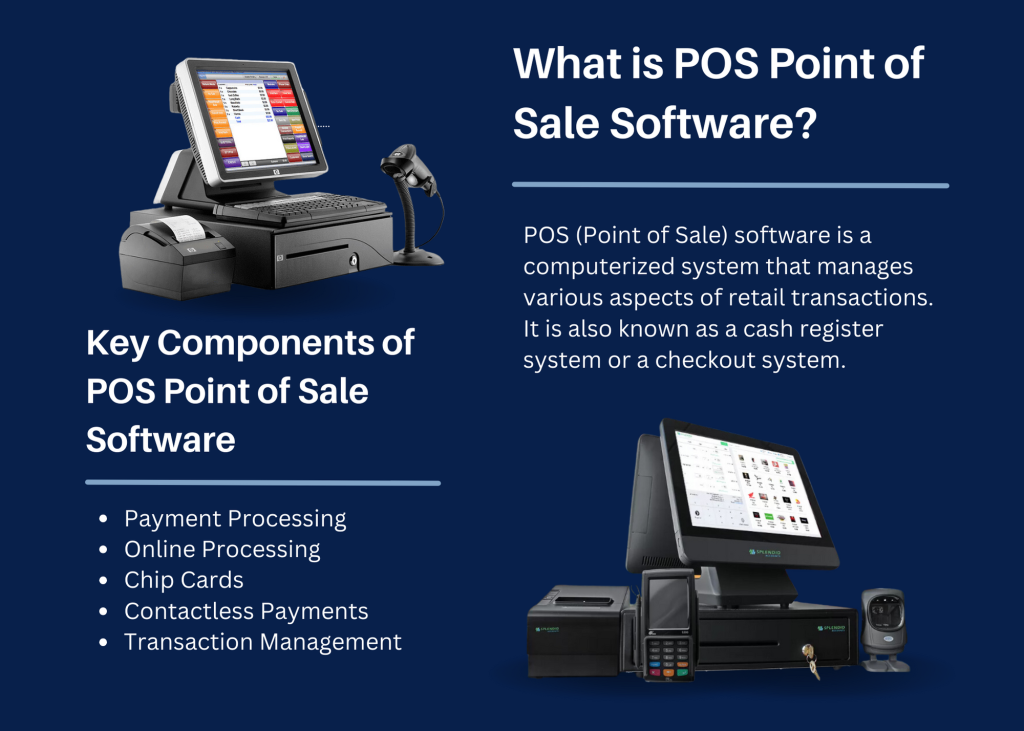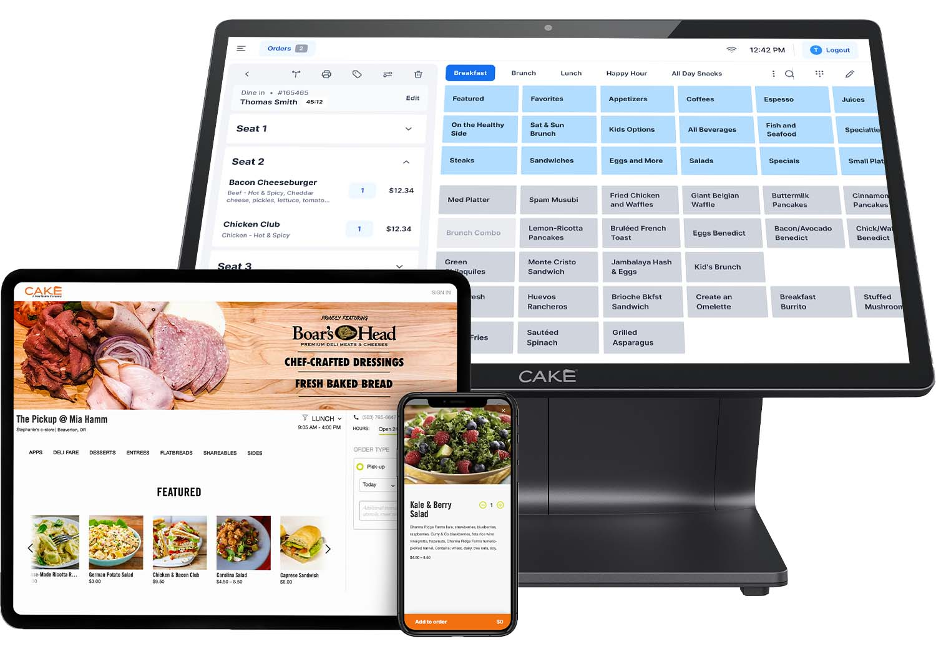Exactly How POS System Works: A Comprehensive Guide for Business Owners

Comprehending the Parts of a POS System

Just How Sales Purchases Are Processed
When a customer chooses to buy, the sales transaction initiates a series of systematic actions within the POS system. First, the cashier inputs the products being acquired, which are checked through a barcode visitor or manually gone into. This activity obtains item information, consisting of prices and applicable taxes, from the system's database.Next, the customer exists with the overall quantity due. The POS system after that processes the settlement, whether through cash money, charge card, or mobile settlement approaches (Restaurant POS Software). For digital payments, the POS securely communicates with repayment cpus to license and validate the transaction.Once the repayment is validated, the system produces an invoice, which can be printed or sent out electronically. This receipt acts as proof of purchase for the client. The deal data is tape-recorded in the system, guaranteeing precise sales records and monetary monitoring for the service.
Supply Monitoring and Tracking

Effective supply management and monitoring are essential components of a POS system, as they guarantee that organizations keep suitable stock levels and reduce inconsistencies. A robust POS system enables real-time inventory updates, showing returns and sales instantaneously. This makes it possible for entrepreneur to monitor supply levels properly, guaranteeing that preferred things are easily offered while preventing overstocking of much less preferred products.Additionally, advanced POS systems supply attributes such as automatic stock informs and reorder suggestions, enhancing the purchase process. Barcoding and RFID innovation enhance precision in tracking supply motion, lowering human error. Extensive coverage devices supply insights right into stock turn over prices, helping businesses make educated choices regarding purchasing and product offerings. Inevitably, efficient stock monitoring with a POS system not only enhances operational performance however additionally enhances customer fulfillment by making sure product schedule.
Examining Customer Information and Insights
Customer data evaluation acts as an effective tool for companies using a POS system (Restaurant POS Software). By analyzing and collecting transaction data, companies can discover important understandings concerning customer habits and preferences. This analysis enables them to determine buying trends, peak buying times, and popular products, thereby educating inventory choices and advertising and marketing strategies.Additionally, organizations can section their customer base, permitting customized advertising and marketing efforts that cater to specific demographics or purchasing practices. Understanding client commitment patterns also aids in establishing targeted rewards and promotions programs.The data amassed from a POS system can likewise reveal insights into client responses, making it possible for businesses to make enlightened choices pertaining to product offerings and solution renovations. Eventually, leveraging client information successfully can boost the general shopping experience, foster consumer fulfillment, and drive earnings development
Benefits of Implementing a POS System

Regularly Asked Inquiries
What Kinds Of Services Can Gain From a POS System?
Different companies gain from a POS system, including stores, dining establishments, hair salons, and ecommerce systems. These systems simplify deals, inventory management, and customer information, boosting functional efficiency and enhancing consumer experience throughout varied industries.
Exactly how Much Does a POS System Typically Expense?
The expense of a POS system generally ranges from a couple of hundred to a number of thousand dollars, depending on attributes, hardware, and software application. Services should consider ongoing fees for support, purchase, and maintenance processing when budgeting.
Can I Incorporate a POS System With Existing Software Application?
Integrating a POS system with existing software application is typically viable. Lots of systems provide APIs or built-in compatibility features, allowing businesses to improve operations and boost performance by connecting numerous software application applications successfully.
What Training Is Required for Staff to Use a POS System?
Educating for team to use a POS system commonly consists of understanding software application capabilities, refining purchases, taking care of supply, and taking care of consumer interactions. Practical demonstrations and hands-on practice enhance proficiency and self-confidence being used the system efficiently.
What Takes place if the Internet Goes Down While Utilizing a POS System?
Transactions may be disrupted if the net goes down during POS system use. Lots of systems use offline capacities, enabling fundamental operations to continue, however full performance, consisting of real-time supply updates, will be restricted. A Factor of Sale (POS) system is made up of several vital components that function together to assist in deals and handle company procedures. Reliable supply management and tracking are crucial parts of a POS system, as they assure that services keep optimal supply levels and decrease discrepancies. Consumer data analysis serves as a powerful site here device for companies using a POS system. Recognizing consumer commitment patterns also helps in establishing targeted benefits and promotions programs.The data obtained from a POS system can likewise disclose insights right into consumer feedback, allowing organizations to make informed decisions concerning product offerings and service enhancements. Implementing a POS system provides many advantages that can considerably boost service procedures.